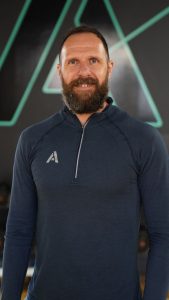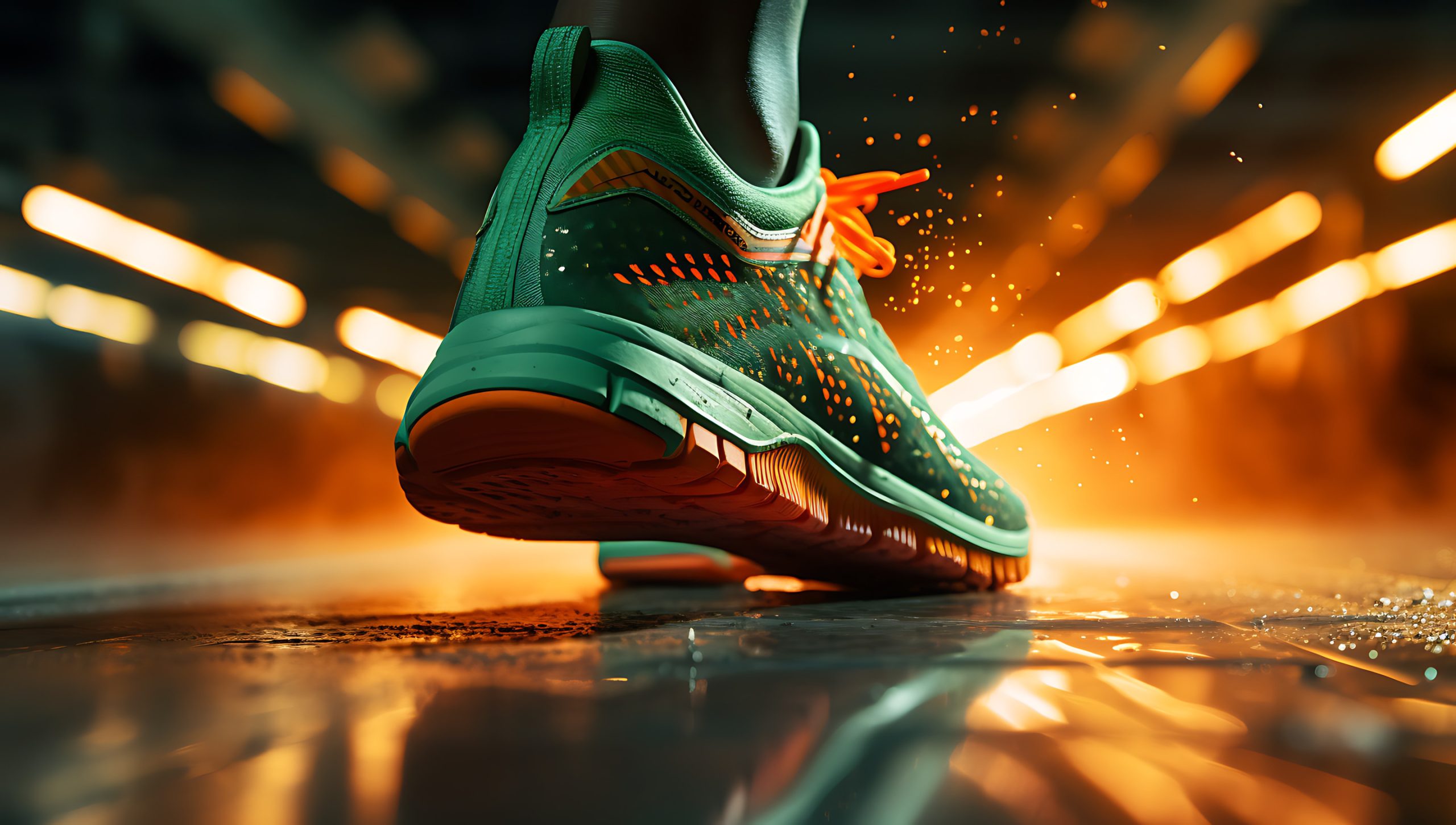You don’t have to be training for a sport, event or personal best to see the difference of improved foot strength and function. Gordon Cunningham asks, why do we neglect our all-important feet when it comes to training and how we can rectify this oversight with loaded training for the foot.
The feet have become a missing link from most people’s training programme and the main reason is that we cover them up and forget about them. The second reason is that we don’t want to spend designated time on them, as we have other things we want to train or we’re restricted on time.
So, what’s the solution? We do both.
The foot is a masterpiece and, unfortunately, it becomes one of those hidden secrets never to be discovered fully in some cases. Over 70% of our sensory awareness/receptors comes from the foot, so it’s fair to say it plays a big role in our everyday movement, providing us with body awareness and, in some cases, it’s referred to as our ‘sixth sense’.
In most movements, the foot is the first part of contact with the ground – as well as the body part that connects most with our physical environment – and we can start to bring this into play with our training programmes and movement sessions. Whether we’re looking at our walking gait pattern, running, jumping, sports or general lifestyle movements, the foot is asked to deliver on all aspects of force, direction and speed.
So, this would be the place to start in the training process, working all the important factors we should be working: strength, conditioning and movement.
Creating sequencing
It’s time to form a daily practice and make our training more interactive by varying kit, ranges and direction of movement to take the foot and ankle through all motions of movement: you get what you focus on.
The main importance when targeting the foot through training is to think about sequencing.
What movements can we relay through training that allow us to indirectly work the foot and ankle at the same time and lead from the ground up or top down to ground? How do we integrate the movement, working up the chain and allowing all the sections to play their part? If the foot does not play its vital role, the force still has to go somewhere and this is when the knees and hips tend to get bullied and it can lead to further issues.
Load distribution and control
Focusing on this allows you to challenge balance, awareness and reaction time of the body in the environment around you. Loading through various angles, speeds and motions challenges the control element by accelerating or decelerating through the movement. There is a misconception that, if you can do the movement, there is no problem. The key is, can you do the movement under control? I like to think of this as a volume control: can you turn the volume up or down when necessary? Fast or slow, long range or short, and in all three planes of motion. As Shane Benzie said, “Each movement you make invests in the next movement.”
Bodyweight
Using our body to provide drivers of motion and direction of load, in this drill we will be using the leg as a driver to take the foot through a series of angles and, most importantly, natural movements, covering supination, pronation, dorsiflexion and tilting actions. By using a wall for support and the key goal of not lifting the heel of the planted foot, we use the leg/knee as a directional driver. Work to the current capacity of the ankle/foot range.
Dynamax
No slams, no throwing, but looking at how we can integrate the sequencing of the body from the ground up. The clues lie in the movement, feel and transition of the exercise. You receive several cues as to whether the load distribution is controlled and the foot is going through its natural patterns of movement of load. The goal is to move like a ‘ninja’ and not be heard, rather than alerting a stampede. Listen, feel but, most importantly, control.
ViPR
Bring loaded movement into the space and environment around you and define the functional loads through the lower chain. By varying rotational moves, holds and directional exploration, we can strengthen and restore the foot patterns while keeping our training session dynamic and challenging, and explore unused spaces of movement function within the foot.
Best foot forward
In conclusion, explore and develop ways to reconnect with the foot through your everyday movements and training. The foot has the most contact with the physical environment and links to our everyday lifestyle through so many spectrums of movement and load. Develop daily practice but be patient with the progress. Once the layers have been stacked in the right format, the structure creates a stronger foundation. As James Clear said, “The feeling of progress is one of the best feelings of all. This is true even when the progress is small.”
Explore different training methods and kit to bring it into your current training sessions and reap the benefits of further awareness, strength and function. You don’t have to be training for a sport, event or personal best to see the difference of improved foot strength and function. The ability to load, increase range of motion and feel where the body is within our environment is paramount for improved living and movement. I’ll leave you with some parting words and inspiration from Ido Portal leading into your next session: “The body will become better at what you do or don’t do.”

Gordon Cunningham is the owner of Activ Scotland – movement performance & therapy training facility. Sports Therapist and Personal Trainer with a main focus and desire to help individuals move better and truly thrive.
Educator and contributor for some of the industries leading brands globally alongside working with professional dancers, performers and teams. Creator of PlantarBeam and providing foot health & movement education across several coaching platforms.
Consulting with organisations to create ‘better working life’s’ for their employees and explore the future of work. He continues to study and examine behaviours and habits for better movement, recovery and attention to fuel progress.
Like to explore the foot and strengthening? Read the FitPro blog on Becoming barefoot strong







